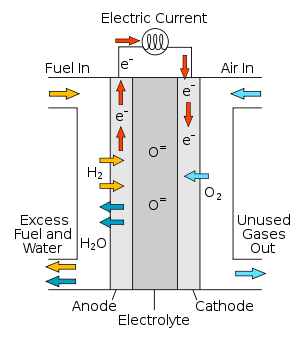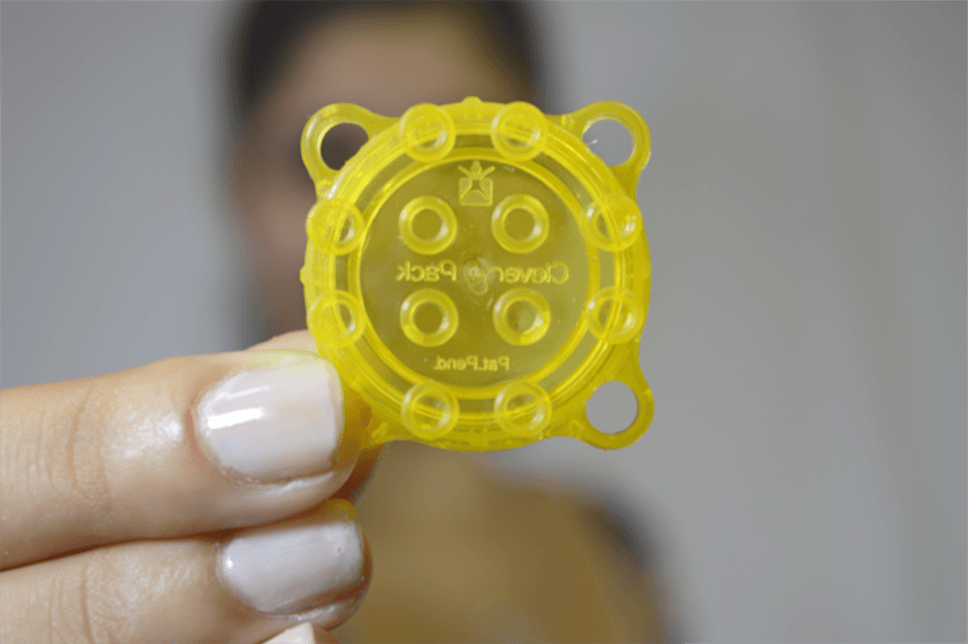
Solid oxide fuel cells that can use conventional fossil fuels as well as hydrogen are set to take a larger role in the energy game
A fuel-cell power unit that can use natural gas, propane or diesel may in a couple of years provide on-site electricity to factories, computer-server farms and even your home. The solid oxide fuel cell, or SOFC, is also set to go mobile, with new systems providing auxiliary or “hotel” power to long-haul trucks. They may also keep a solar-powered surveillance drone in the sky for what could be years at a time. The latter’s “two-way” fuel cell system could in addition electrolyze water to store backup energy as hydrogen to supplement intermittent solar and wind power. In time, say researchers, SOFCs might show up as range extenders—power units that augment batteries to extend distance driven electrically—in hybrid vehicles.
“Compared to any other device that converts chemical energy into electricity, the fuel cell, and in particular the solid oxide or ceramic fuel cell, is hands down the most efficient,” says veteran fuel cell researcher Eric Wachsman, director of the University of Maryland Energy Research Center, who published research pointing the way to lower temperature SOFCs on November 18 in Science. That’s why SOFCs can be tallied as green technology, even if their use of hydrocarbon fuels entails releases of carbon dioxide.
SOFCs have long been seen as second-string to the more well-known hydrogen-based fuel cells. That’s because SOFCs run hot, too hot for cars. In the mid-1990s when the U.S. Department of Energy (DoE) was selecting the technologies that would go into the green car of the future, Wachsman recalls, it chose the 80-degree Celsius polymer electrolyte membrane (PEM) fuel cells over the 1,000-degree C SOFC. But the continued lack of a hydrogen fuel distribution system means that “we placed our eggs in the wrong basket by investing billions in hydrogen PEMs instead of the type of fuel cell that runs off the fuels that we have today,” Wachsman says.
That flexible-fueling advantage has, however, enabled Sunnyvale, Calif.-based Bloom Energy to sell some 120 natural gas–fuel SOFCs, stand-alone heat and power units that produce both electricity and heat for a local site, to green-minded Fortune 500 corporate plants and state university facilities—notably, subsidized distributed power demonstration projects in California. The company is even building a new plant in Delaware and will sell 30 megawatts of its Bloom Box fuel-cell units to the local utility, Delmarva Power. Unfortunately, Bloom Boxes use a traditional ceramic fuel-cell design that tends to be relatively expensive to operate, a competitive disadvantage that Bloom hopes to address with a new, lower-cost power-leasing program.
Read more . . .
Bookmark this page for “flex fuel cells” and check back regularly as these articles update on a very frequent basis. The view is set to “news”. Try clicking on “video” and “2” for more articles.








